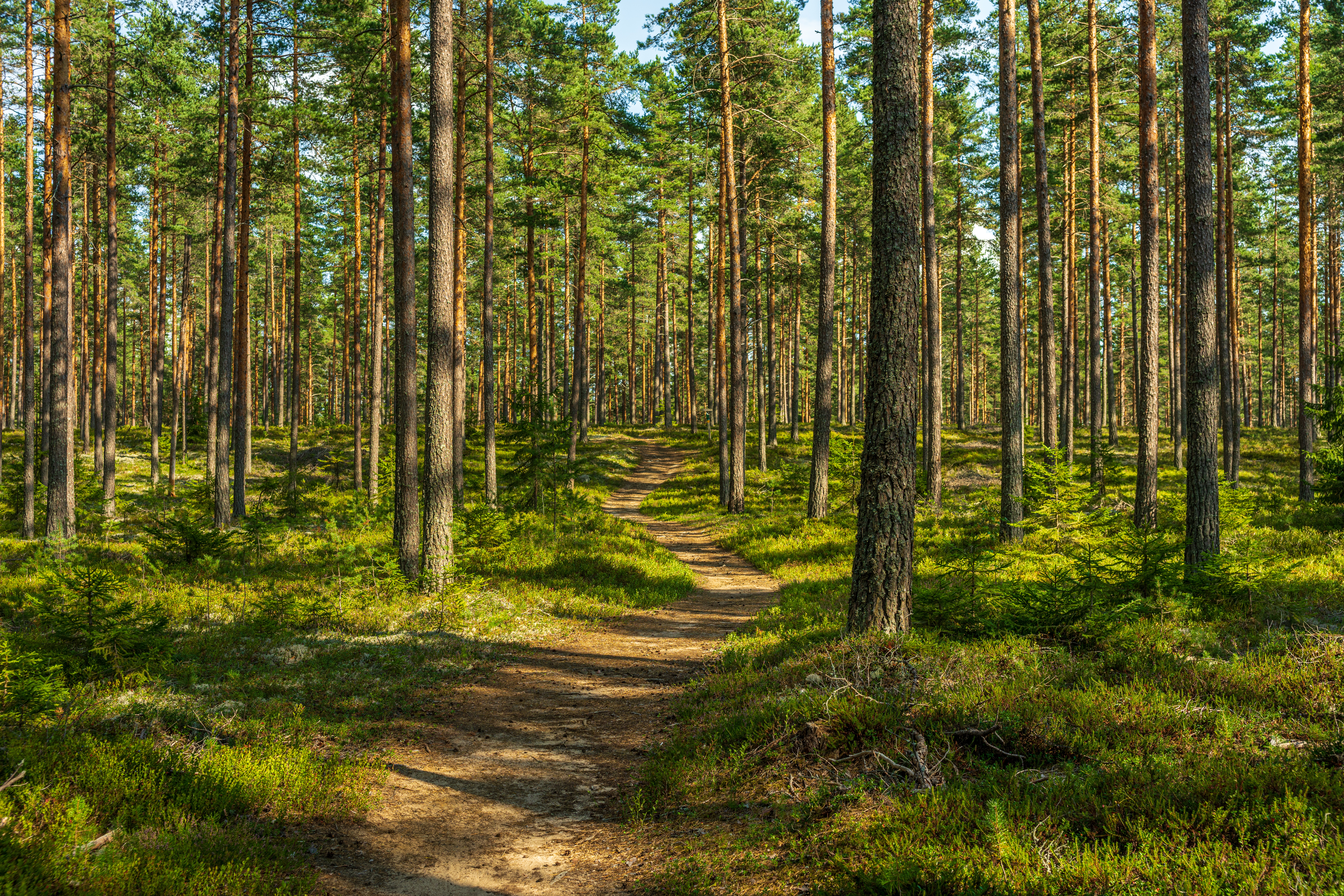As climate pressures mount and markets shift toward sustainability, landowners face new challenges—and new opportunities. One of the most powerful tools for managing forestland in a way that is both economically productive and environmentally responsible is transforming your property into a stewardship forest. This means more than simply owning timberland; it’s about committing to long-term, sustainable forest practices that protect natural resources while providing real financial returns.
Greg Brewer, Stewardship Forester with the Alabama Forestry Commission, recently shared insights on the American Landowner Podcast about how certification programs help landowners formalize this commitment. His message was clear: becoming a stewardship forest isn’t just good for the planet—it’s a smart, strategic move for anyone looking to preserve and profit from their land over time.
Defining the Stewardship Forest
A stewardship forest is one where land is actively managed according to a set of conservation and sustainability principles. These forests are cared for in a way that balances timber harvesting with the protection of water quality, wildlife habitat, soil health, and overall forest vitality. The goal isn’t short-term gain but long-term resilience—ensuring that the land remains productive, diverse, and healthy for future generations.
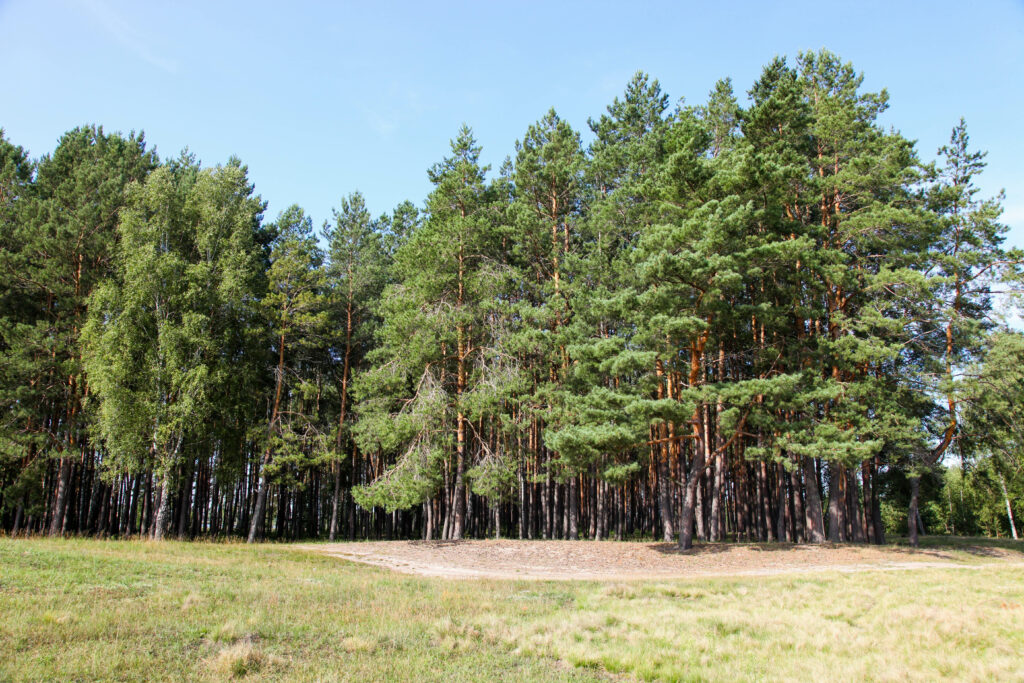
FSC certification ensures responsible forestry practices backed by third-party verification.
This approach is supported and validated through certification programs, the most respected of which is offered by the Forest Stewardship Council (FSC). FSC certification confirms that a forest is being managed according to rigorous international standards focused on environmental integrity, social responsibility, and economic viability.
The Role of FSC Certification
FSC certification serves as a formal recognition that a forest is being managed as a stewardship forest. It involves a third-party audit that evaluates landowner practices in areas like harvesting, wildlife conservation, soil preservation, and community impact. When a forest meets these high standards, it receives the FSC stamp—an assurance to buyers, regulators, and the public that the landowner is practicing responsible forestry.
Unlike some other programs, FSC is internationally recognized and widely adopted by environmentally conscious manufacturers and retailers. For landowners, this means increased access to premium markets that prefer or require certified wood products. In a competitive timber economy, this credibility can make a significant difference.
Building Resilience Through Stewardship
One of the most compelling reasons to pursue stewardship forest certification is the increased resilience it brings to the land. Forests that are actively managed—through selective harvesting, prescribed fire, invasive species control, and regeneration planning—are better prepared to withstand the impacts of severe weather, wildfire, pests, and disease.
Landowners who treat their forests as living, evolving ecosystems rather than static assets are more likely to see long-term success. FSC certification supports this dynamic view of forest health, offering landowners practical guidelines and measurable results.
Economic and Environmental Gains
The benefits of becoming a certified stewardship forest are not just environmental—they are also economic. FSC-certified wood often earns higher prices in the market due to its verified origin and sustainable management. Some buyers, including large mills and global manufacturers, prioritize or even require certified sources. This gives certified landowners a stronger position in the supply chain.
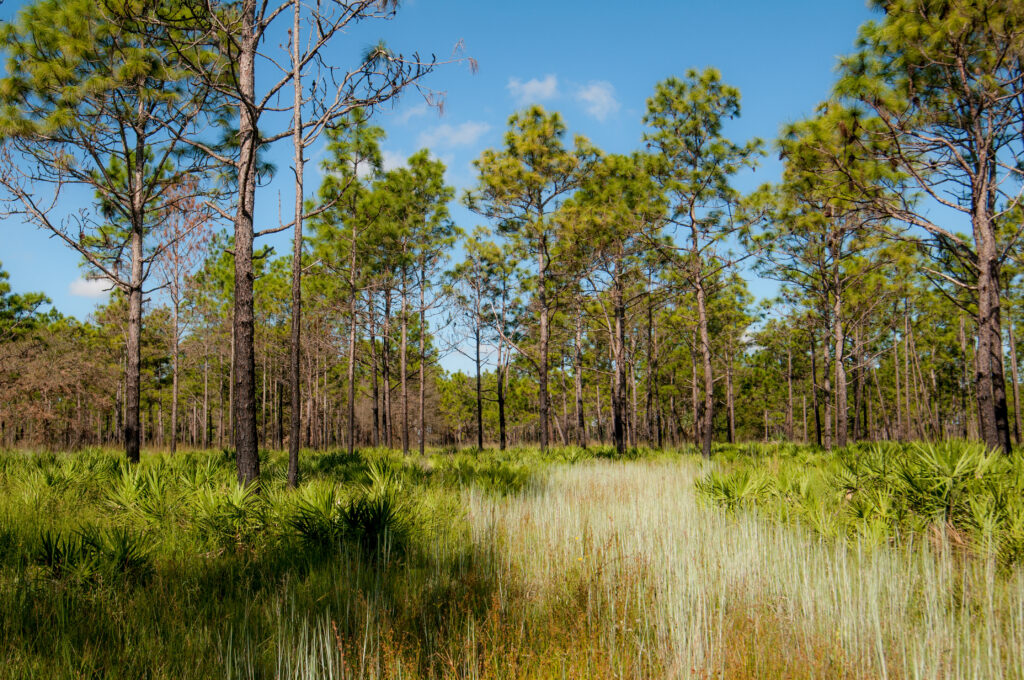
Wildlife habitat and clean water protection are core principles of sustainable forest management.
Beyond market value, certified landowners may also qualify for financial incentives such as conservation grants, cost-share programs, and certain tax benefits. These additional resources can help offset the costs of good management practices while supporting long-term forest productivity.
Leaving a Legacy Through Stewardship
For many landowners, especially those with family ties to the land, stewardship is deeply personal. It’s not just about profit—it’s about legacy. A stewardship forest offers the chance to leave something enduring and meaningful: a landscape that continues to provide income, beauty, and ecological value for generations to come.
Certification strengthens that legacy by providing structure, accountability, and continuity. It ensures that management decisions are based on science and best practices, not guesswork or short-term thinking. For heirs and future stewards of the land, a certified plan offers clarity and confidence.
How to Begin the Certification Process
Starting the journey toward becoming a certified stewardship forest begins with a forest management plan. This plan outlines the landowner’s goals—whether focused on timber income, wildlife habitat, recreation, or conservation—and identifies the strategies to achieve them. Local forestry professionals or consulting foresters can help design a plan that meets both FSC standards and the landowner’s vision.
Once a plan is in place, the land must undergo an independent audit to verify compliance with FSC criteria. While this may sound daunting, many landowners find the process straightforward with the right support. It’s important to note that FSC certification does not require the land to be untouched or off-limits to harvesting—it simply ensures that any activity on the land is done with care and responsibility.
Positioning Your Forest for the Future
The forestry sector is evolving rapidly. Market trends, government regulations, and public expectations are all moving toward greater sustainability and transparency. Certified stewardship forests are well-positioned to adapt to this landscape. From participating in carbon credit markets to benefiting from conservation easements or reforestation incentives, certified landowners have access to a wider array of tools and revenue streams.
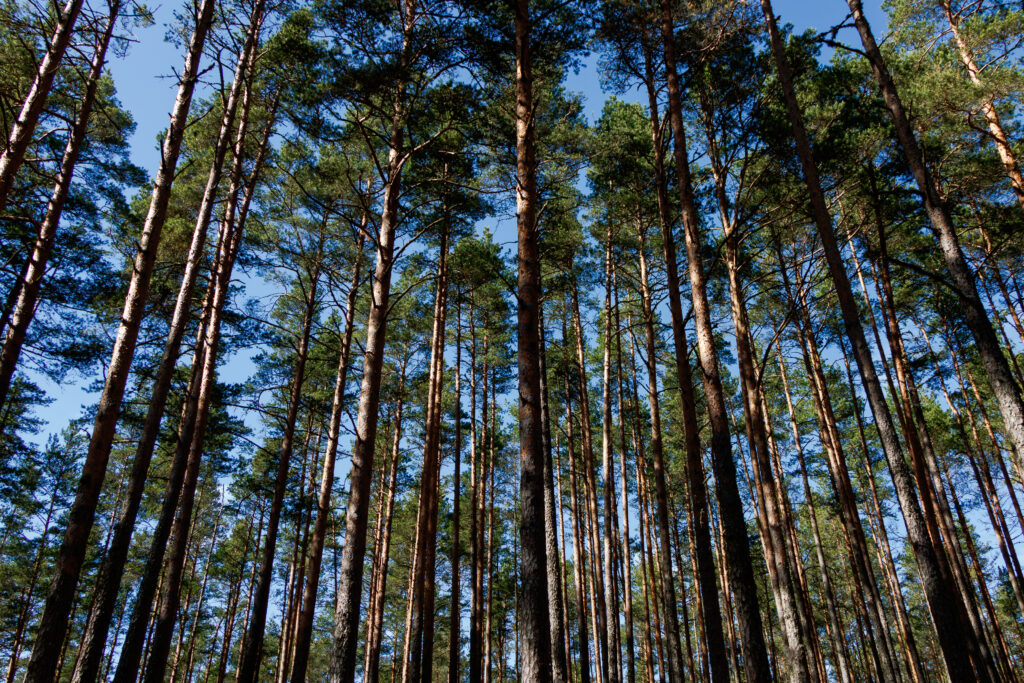
Selective harvesting and careful planning help this stewardship forest thrive for generations.
Just as importantly, they gain peace of mind. With a clear management plan, expert guidance, and third-party oversight, stewardship forests are better prepared for both opportunities and challenges.
Final Thoughts
Becoming a stewardship forest isn’t just about doing the right thing for the environment—it’s a practical, profitable, and forward-looking decision. FSC certification provides a clear path to sustainable forest management, helping landowners build resilience, access better markets, and secure a lasting legacy.
For those ready to take the next step, help is readily available. State forestry commissions, local conservation organizations, and FSC-accredited auditors can all provide guidance. The process may require effort, but the rewards—for the land, the owner, and future generations—are well worth it.

